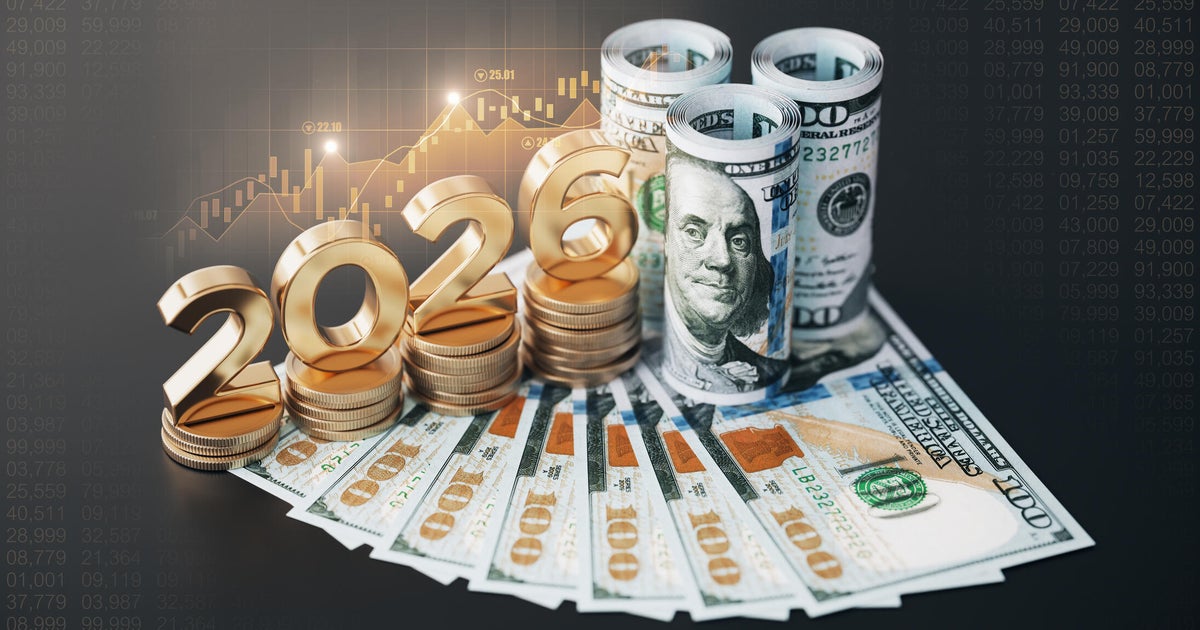Why you should ladder your CD accounts now
Certificates of deposit (CDs) are a popular place to put your savings for a few different reasons. For starters, they are efficient, low-risk and generally have a higher interest rate than other savings products. And, CDs are especially popular right now, as a high-interest rate environment means you can earn fairly significant interest.
But if you're looking for a way to maximize your returns when using CDs, one slightly advanced strategy is to build a CD ladder. And, no hammers or nails are required to build one. It just takes a bit of planning and knowledge.
Start shopping for CDs online today.
Why you should ladder your CD accounts now
Laddering your CD accounts only requires you to open CD accounts at a bank and have money to fund the accounts.
CD laddering basics
When you buy a CD, you're promising to keep your money in the bank for a set period of time in exchange for a set interest rate. The time period is generally between three months and five years. The rate is determined by the bank, and CD rates will vary between different financial institutions.
Right now, you can get rates of of up to 5.67% on a 1-year CD and up to 4.75% on a 5-year CD. Normally, longer-term CDs offer higher rates, but many banks are currently offering higher rates on shorter-term CDs instead. That said, online-only financial institutions generally offer some of the highest rates on CDs since they don't have the same overhead costs that traditional banks have and tend to pass those savings along to consumers in the form of higher rates.
But while those rates are much higher than what was available in recent years, you can take it one step further and build a CD ladder. To do this, you'll buy a series of CDs with varying terms, and while it's not required, it can be useful to deposit the same amount into each.
For instance, your CD ladder might look like this:
- $2,500 1-year CD at 5.50%
- $2,500 2-year CD at 5.45%
- $2,500 3-year CD at 5.10%
- $2,500 4-year CD at 5.00%
At the end of the first year, that 1-year CD would be worth $2,637.50. Rather than take that money and put it back into your checking account, though, you would add another rung at the top of the ladder, depositing it all into a 4-year CD. Each year, when the term expires for one CD, you buy another 4-year CD until you either need to pull out your money or until rates are no longer attractive enough to warrant it.
Shop online to set up your CD ladder right now.
Why CD laddering makes sense now
The current interest rate environment is why CD laddering may be a smart idea right now.
"With inflation cooling, many are speculating that the Fed is done, or near the end, of hiking interest rates in this cycle," says Jim Eutsler, a certified financial planner at HCM Wealth Advisors. "If that holds true, the favorable interest rates that can be earned on CDs are likely near, if not at, their peak. Creating a multi-year ladder of non-callable, FDIC-insured CDs is a great way to lock in the high interest rates available today and insulate yourself from the potential of falling rates which many are saying could become a reality in the back half of 2024."
CD laddering lets you take advantage of both the high short-term CD rates that pay big interest for a shorter time, as well as the longer-term CD rates that are slightly lower but earn more over the CD term.
There is one thing to be careful with, though. When you use a CD, you are agreeing to keep your money in the account for the entire term. There are often substantial penalties for early withdrawals, so it's important to make sure you won't need access to the money you deposit until the CD has matured.
The bottom line
CD laddering is a strategy for building long-term wealth and taking advantage of the high interest rates currently offered on savings products. A CD ladder lets you continue to save over the long term and allows you to earn compounding interest by rolling your money into new CDs as they mature. With many speculating that interest rates are at or near their peak, now is an opportune time to consider this savings strategy.






